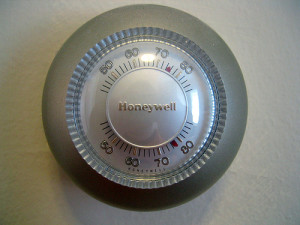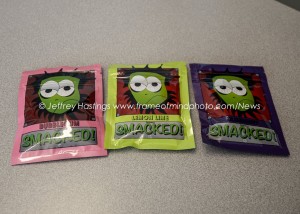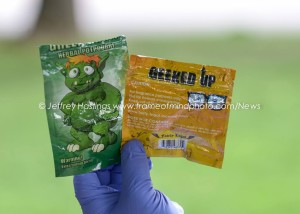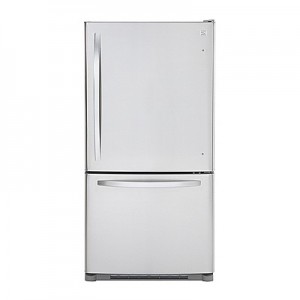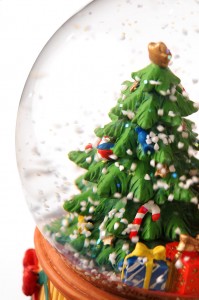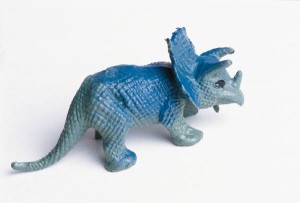The U.S. DEA is sponsoring another medication take-back day this Saturday at locations throughout the country. The DEA has been offering these events twice a year for a few years now and they offer a great opportunity to get rid of medications in your home that have expired or you no longer need. You can find a take-back location near you at the DEA’s website.
This could be the last time the DEA offers a national take-back day. Demand for this service has been so great that the DEA recently announced a new regulation that would allow pharmacies, hospitals and other facilities to become authorized drop-off sites. These sites would be able to take unused medications year-round.
Before now, patients had no way to get rid of controlled substances, like prescription pain medications, other than to give them to law enforcement. This meant that many people just kept their unneeded medications in their medicine cabinet, threw them in the trash or flushed them down the toilet, which can lead to their getting into the water supply.
Getting rid of medications safely is important. It can keep young children from accidentally swallowing them, and keep teens and adults from misusing or abusing them. Most youth who have abused prescription pain medications say they got the pills from a family member or friend. Using someone else’s prescription medication, especially pain medication, stimulants and depressants, can be unsafe, and even addicting, even if the person isn’t trying to get high.
It will take a while for the new collection sites to be up and running. In the meantime, be sure to take advantage of this Saturday’s take-back day. It’s the perfect time to clean out your medicine cabinet.
For more information about the new regulation, read the Department of Justice press release.

